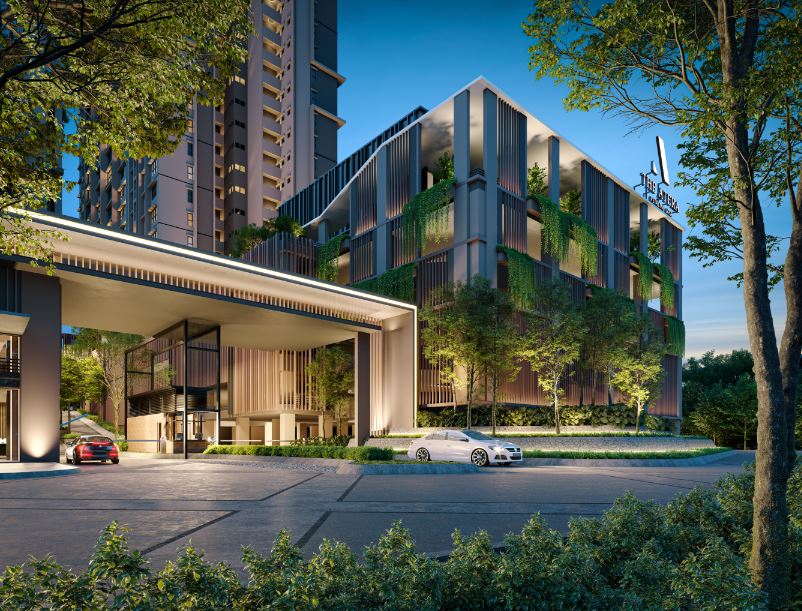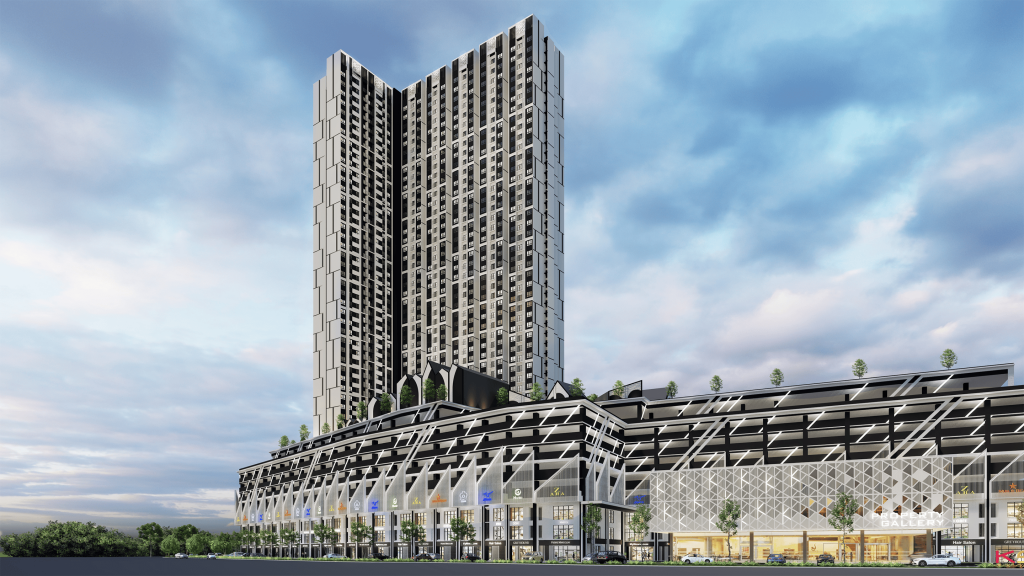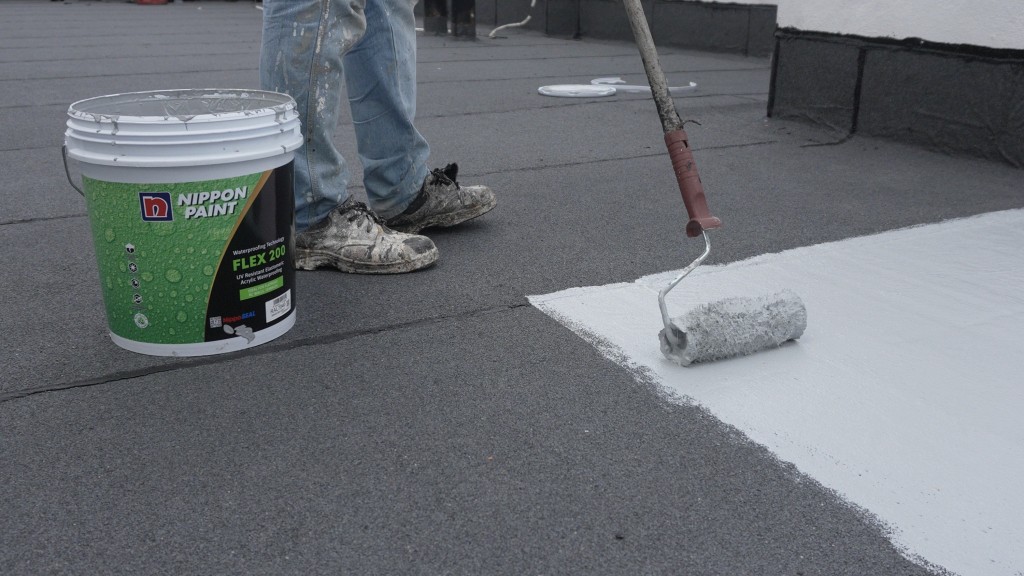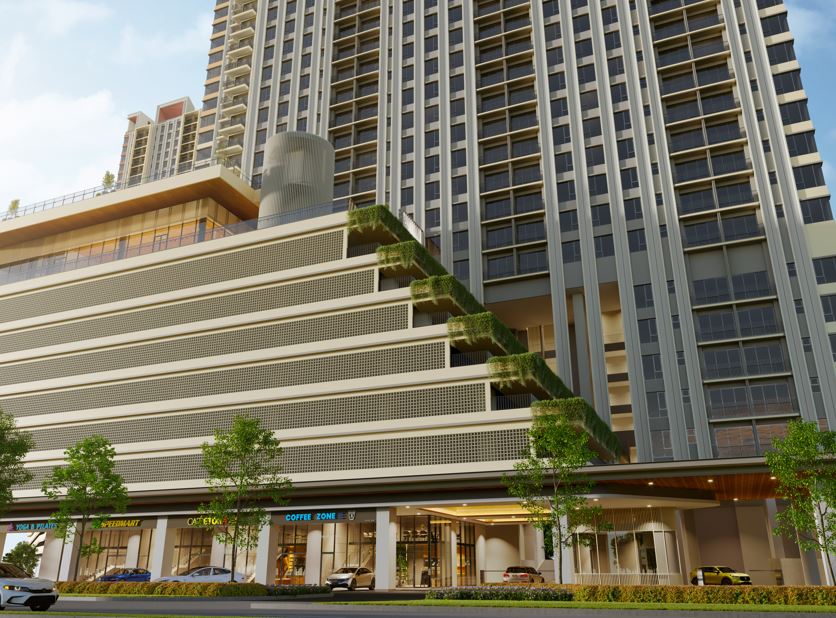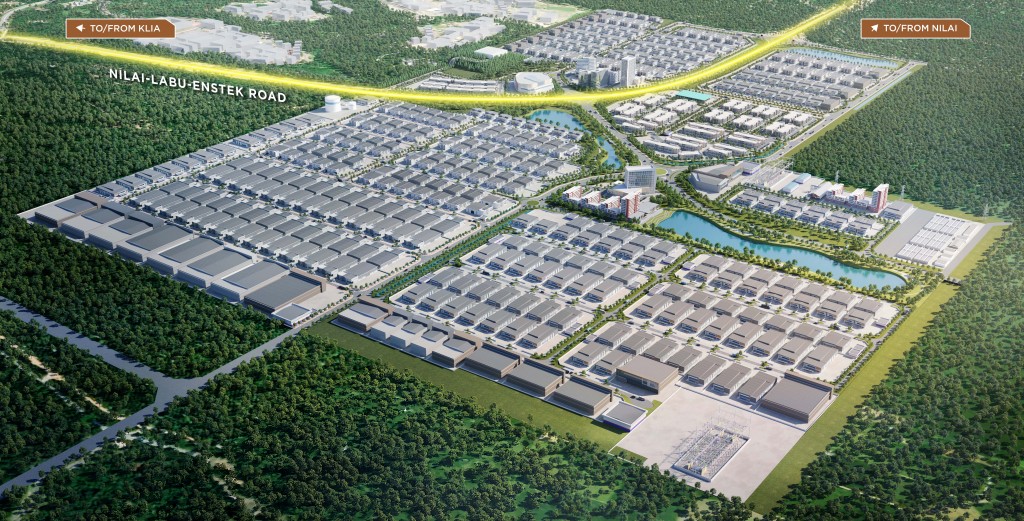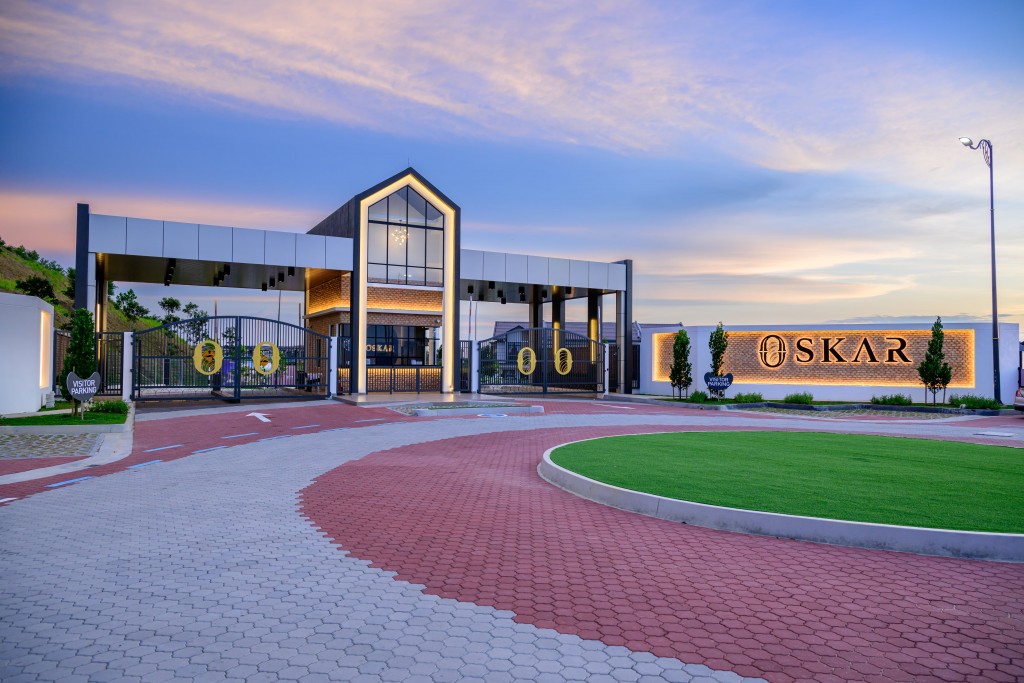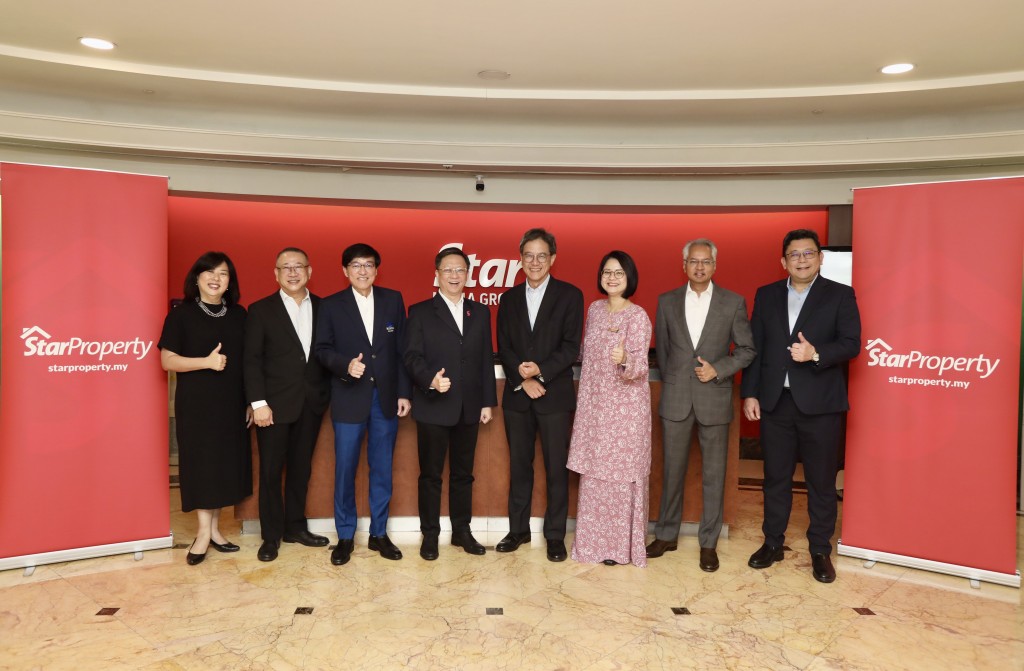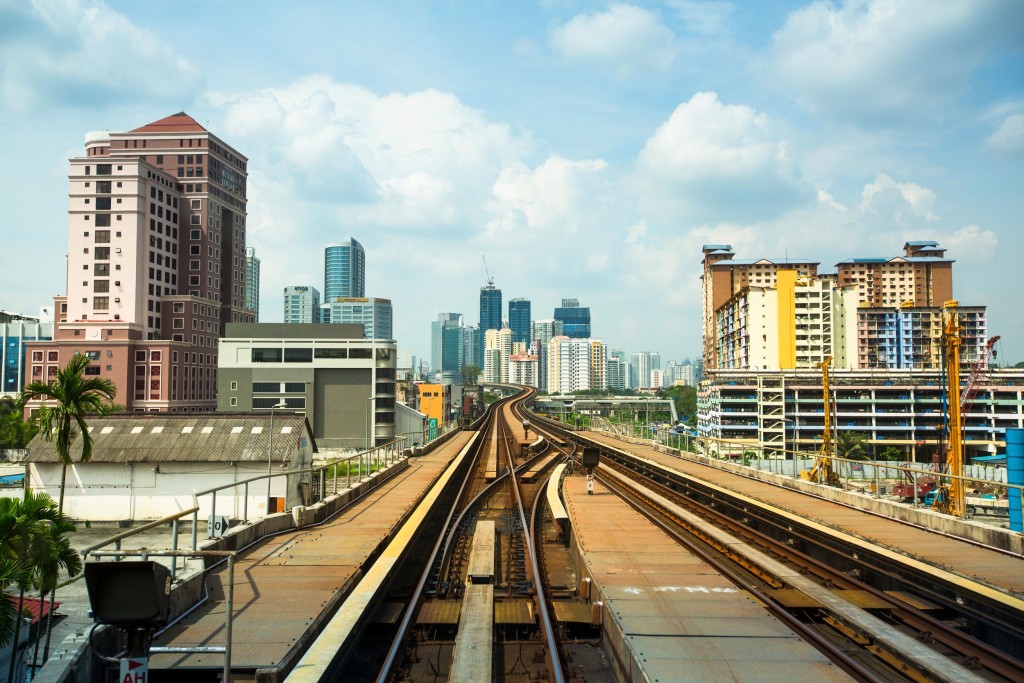
Malaysia’s urban focus has pivoted from integrated planning to prioritising rail connectivity and residential developments.
Developers are replacing integrated planning with high-density residential blocks
By Pavither Sidhu
For years, a home’s value has been measured by its proximity to connectivity, amenities and convenience. That old property rulebook is now officially closed. Today, a key driver of a property’s success is effortless connectivity, where you can step out of your door and hop onto a train to commute around easily, setting a new gold standard in living.
This tectonic shift began with Transit-Oriented Development (TOD) – an urban planning dream promising sustainable, blended communities. Yet, the unavoidable truth is that market players are rapidly replacing the mixed-use ideal with pure residential dominance. The grand vision of balanced hubs is quietly exchanged for soaring, high-density, rail-adjoining residential blocks.
The conversation is no longer about proximity to the regional centre; it is simply about proximity to the platform. For investors and homeowners, truly understanding this aggressive commercial pivot is the key to unlocking the future value and liveability of the rail corridor.
Economics of rail lines
The huge spike in land value is a direct result of the government spending billions on the new rail system. This sudden, immense increase in worth is essentially a free gift from the government and developers are now required to build as much as they can to aggressively maximise their profit from that land.
To capitalise on this premium urban land, local authorities designate the Transit Planning Zone (TPZ), typically a 400m radius around a station. Inside this golden circle, developers get a huge advantage. They are allowed to build much bigger and taller buildings than usual. For example, specific high-density residential areas can see a plot ratio increase, sometimes to as high as Kuala Lumpur’s maximum of 1.10. This aggressive push for vertical expansion is just smart business, ensuring the maximum number of units can be built on expensive land.
The property maths is clear and globally validated as residential prices tend to increase closer to a home located to the train station. Hong Kong’s MTR Corporation Ltd, for instance, famously funded its massive rail network by pioneering a Rail + Property model, successfully developing and selling high-density residential towers right on top of its stations. Similarly, in Japan, private rail operators have spent the last century intentionally building dense residential communities along their lines, using the real estate profits to subsidise the transport. This is not a local trend but a globally validated financial strategy being executed right here.
Residential dominance
The official plan, known as the TOD blueprint, calls for a perfect mix of homes and businesses to thrive along the rail lines. However, the market's current answer is simple and straightforward. Demand is driving development and the overwhelming demand is for homes, not office space or shops.
This comes from a growing group of renters and buyers who are happily choosing a lifestyle with fewer cars or no car at all. They are swapping the costs and headaches of car ownership for the simplicity of a monthly train pass. This lifestyle choice guarantees reliable sales for developers and offers investors stable rental income—making it a rock-solid investment built around the ease of commuting.
The confidence in building residential stock stands in sharp contrast to the struggles of the commercial sector. The office market across the Klang Valley has oversupplied, grappling with a vacancy rate of approximately 28.3% in 2024, according to Bank Negara Malaysia. This situation is showing signs of slight improvements in 2025 but the reality of building a huge office tower based only on a guess about future demand is a high-risk gamble.
Developers are therefore shifting their focus to building homes instead. This strategic change is a calculated business move, essentially a way of saving valuable land near the railway. They are prioritising the safest, quickest way to fastest returns by delivering high-density residential buildings where easy train access is the main, and often the only, selling point.
Standalone success
The proof is visible along some LRT and MRT lines. Developers are implementing this strategy by focusing design exclusively on the convenience of the train rider.
One Cochrane Residence on the MRT Kajang Line, just 150 metres from the station, is a prime example of a maximised location. Its value is anchored entirely in its seamless connectivity, using the rail system as the ultimate lifeline for commuters. Similarly, Mirai Residences near Kajang 2 perfectly illustrates this standalone approach. While it boasts great lifestyle features, its main success relies only on the train link to connect residents to the outside world.
Even newer properties in Sri Petaling on the MRT Putrajaya Line are built with covered walkways that lead directly to stations like MRT Naga Emas. These projects exemplify the residential-first structure in action where the main goal is a high-density living solution that simply capitalises on the government's infrastructure commitment.
The prudent investment
For those contemplating buying property in these dense zones, the value proposition remains strong due to consistent tenant demand and stable gross yields. For example, according to an article published by the Global Property Guide on their website, Petaling Jaya often sees average yields around 5.28% in Q1 2025. However, prudence is non-negotiable. The risks associated with such high density must be addressed.
The aggressive use of high plot ratios allows a staggering number of new units to be concentrated within the small 400-metre TPZ footprint. Prospective buyers must conduct a focused local audit. If concurrent supply overwhelms local market demand, investors face a tangible risk of pressured rental rates or slower capital appreciation. The rule is simple: Don't buy a home just because it's near a station; buy one because the market surrounding the station is healthy.
When the mixed-use ideal is abandoned for residential dominance, local infrastructure and amenities face severe pressure. The most resilient investments are those where the developer has specifically mitigated the lack of integrated commercial space. Investors should rigorously examine projects that successfully incorporate essential, non-residential components like retail pods or co-working hubs within the development itself. This feature ensures the convenience premium is justified. Furthermore, a thorough assessment of integrated public spaces, parks and quality community facilities is vital. This investment helps manage concentrated population loads, ensuring sustained resident satisfaction, and crucially, long-term property appeal.
The narrative of urban development in Malaysia has definitively changed as density and rail connectivity now trump integrated planning, often delivered via pure residential blocks. For property buyers, making an informed choice requires moving beyond sentiment to calculate risk.
Stay ahead of the crowd and enjoy fresh insights on real estate, property development and lifestyle trends when you subscribe to our newsletter and follow us on social media.

